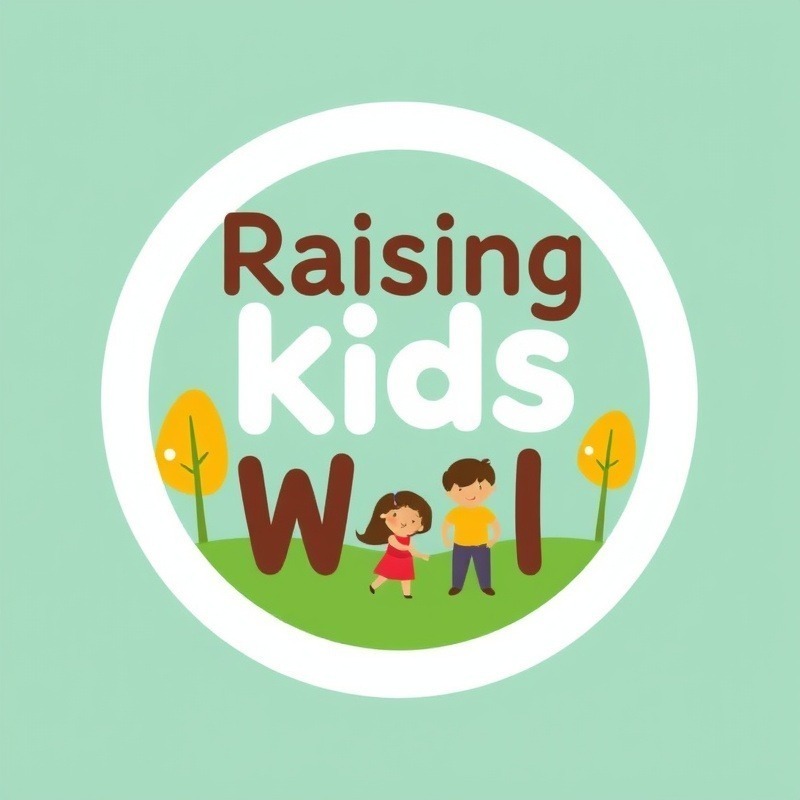
Why a Visual Planner is a Game Changer for Neurodivergent Children
For parents of neurodivergent children, daily life can sometimes feel overwhelming. Many children, especially those with ADHD or autism, may struggle with traditional planning methods. A visual planner offers a simple yet effective solution to transform daily tasks and schedules into manageable, clear pictures. These engaging tools not only empower children to take ownership of their routines but also help them understand time and prioritize their commitments.
The Power of Visualization in Learning and Executive Functioning
Recent research highlights that visual learning significantly enhances comprehension, particularly for children with ADHD, who often have challenges in executive functioning. According to experts in educational psychology, visual planners leverage a child's ability to think in pictures, making abstract concepts such as time more tangible. Integrating visuals into planning helps decrease anxiety around upcoming tasks and deadlines, fostering a sense of control.
How to Create Your Visual Planner
Creating a visual planner doesn't require specialized tools or training. Here’s a straightforward method to get started:
- Gather Materials: Collect items like colored markers, stickers, and a large drawing pad or whiteboard.
- Map Out Daily Activities: Assist your child in breaking their day into visually represented components. Use colors or drawings to signify different tasks, like homework or playtime.
- Implement a Checklist: Incorporate a simple checklist format alongside visuals to reinforce accountability for completing tasks.
This step-by-step creation process not only engages your child's creativity but also fosters discussions about their day-to-day activities.
Comparative Analysis: Digital vs. Paper Planning
While some parents may lean towards digital planning tools for convenience, studies indicate that traditional paper planners often yield better results for neurodivergent students. The act of writing has proven benefits for memory retention, as it stimulates multiple regions of the brain. Additionally, paper planners provide fewer distractions than digital devices, allowing children to focus on their tasks without temptations from apps or notifications.
Leveraging Technology: Apps Designed for Neurodivergent Needs
However, technology can also play a supportive role. Applications like Tiimo have emerged specifically to address the needs of children with executive functioning challenges. Tiimo employs AI to create visual timelines and task breakdowns, allowing children to maintain their focus and effectively manage their time. With user-friendly interfaces and customization options, these tools make planning a seamless experience. They enable kids to feel empowered, fostering independence and self-management.
Encouraging Emotional Well-Being Through Structure
The combination of structure and visual representation in planning does more than just organize tasks; it nurtures emotional wellness. With a clear plan, children often feel less anxious and more capable of tackling their responsibilities. It is essential for parents to have conversations about the significance of these tools, reinforcing the understanding that organization is a skill that impacts various aspects of life, from school performance to personal satisfaction.
Success Stories: Real-World Examples of Visual Planning in Action
Many families report significant improvements after adopting visual planners. For instance, one mother described how her daughter, previously hesitant to approach her homework, flourished once she could visually map out her tasks. With clear expectations, her anxiety diminished, and motivation increased. These anecdotal experiences resonate with the research, demonstrating that visual planners not only aid in organization but also cultivate a more positive mindset.
Next Steps: Building Routines that Benefit Everyone
As you embark on creating a visual planner for your child, consider involving them in the process. Together, you can explore colors, icons, and layouts that resonate with them. The goal is to build a routine that promotes participation and excitement about daily tasks. With continued support and adaptation, your family can turn planning into an enjoyable, bonding activity that fortifies healthy habits.
By fostering a supportive environment centered around visual planning, you empower your child to thrive not just academically but emotionally and socially. Set the stage for their success today!
 Add Row
Add Row  Add
Add 



Write A Comment